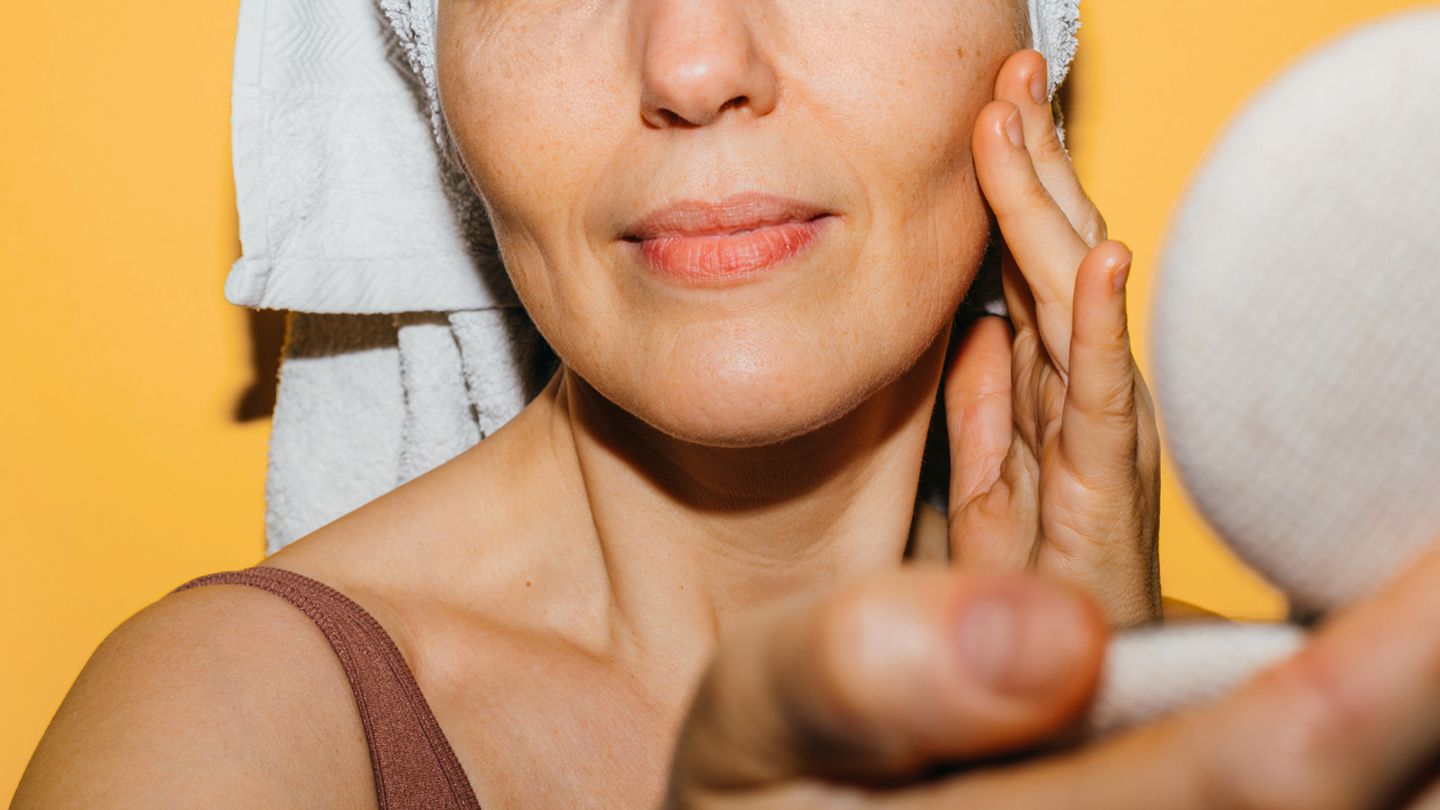The current weight loss trend that is creating a buzz is Ozempic, a medication used to treat type 2 diabetes. The hashtags #ozempic and #ozempicweightloss have gained over 703 million views on TikTok alone. However, the sudden popularity of Ozempic has caused shortages of the prescription-only drug as well as its obesity treatment equivalent Wegovy.
A new hashtag has emerged, with 4.5 million views as of mid-February, called “Ozempic face.” This term was coined by a New York City dermatologist, Paul Jarrod Frank, MD, to describe a side effect of rapid weight loss, including facial aging such as skin sagging and gauntness.
According to David Shafer, MD, a plastic surgeon in New York City, “Ozempic face” is a term used for media attention, but the underlying issue is not new. He explains that skin laxity is a common side effect of weight loss and aging, which is not specific to Ozempic. Any method of weight loss can lead to this issue.
Skin changes after weight loss
Rapid weight loss, typically 35 pounds or more in six months or less, can deplete the skin and body of essential nutrients, leading to skin texture and appearance changes, according to Michele Koo, MD, a plastic surgeon in St. Louis. The skin thins and loses elasticity due to the depletion of essential fatty acids and disruptions in collagen and elastin metabolism, resulting in a dull, sallow, and thin appearance. Fat loss in the cheeks can also occur, leading to a worn appearance. This effect is due primarily to nutrition and vitamin depletion over a short period of time.
David Shafer, explains that the skin changes are similar to the way a balloon loses elasticity when air is released. With weight fluctuations and age, the skin’s capacity to contract decreases, resulting in skin laxity. Lips can also lose some of their fatty tissue bulk, giving them a dehydrated or shrunken appearance.
While some people may like the loss of volume in their faces, others may find it makes them appear older. If you’re dissatisfied with how your skin looks after weight loss, a range of treatments from over-the-counter products to professional procedures can help.
Skin Treatments After Weight Loss

According to Dr. Koo, fat transfer is a potential solution for plumping up the face following rapid weight loss. This procedure involves extracting fat from areas such as the hips or abdomen, cleaning it of any blood debris, and then injecting it into areas such as the cheeks, under the eyes, around the lips, or in and around the chin, mouth, or temple regions where there is a deficit. Dr. Koo cautions that injecting small amounts of fat evenly is necessary for areas such as under the eyes to avoid the risk of fat embolism and distortion.
According to Suozzi, patients in their late fifties and sixties may not achieve the desired results with filler alone, and plastic surgery may be necessary to replace lost volume. Plastic surgery can be performed on various areas of the face and body to address skin concerns following weight loss. Shafer suggests that facelifts and neck lifts are the subsequent options. He explains that this surgical procedure involves tightening the underlying muscle, repositioning and possibly augmenting the underlying fat, and then tightening the skin. Patients often experience a smooth recovery and are delighted with the natural-looking yet striking outcome.
Radiofrequency micro-needling is a cutting-edge energy technology, with Genius being a newer form of fractionated radiofrequency, as explained by Shafer. According to him, the FDA cleared this technology in 2019 to treat both the face and body. The process works by piercing the skin with tiny needles, which then send energy beneath the skin’s surface to trigger the collagen production and skin tightening. As Shafer puts it, the microneedles reach deeper layers that are not treatable by lasers.
According to Shafer, dermal fillers are a highly effective and immediate solution for restoring volume loss caused by facial weight loss. Among these, the most popular are hyaluronic acid fillers like Juvéderm and Restylane. While there are various types of dermal fillers, the results can typically last anywhere from six months to two years. However, Shafer notes that the full effect may not persist for the entire duration of the filler’s lifespan, and suggests topping up after one year. As every person’s body metabolizes differently, it is important for patients to understand that the longevity of the filler may vary among individuals.



